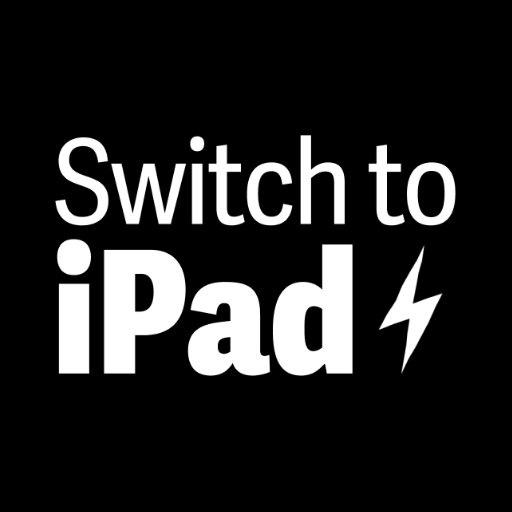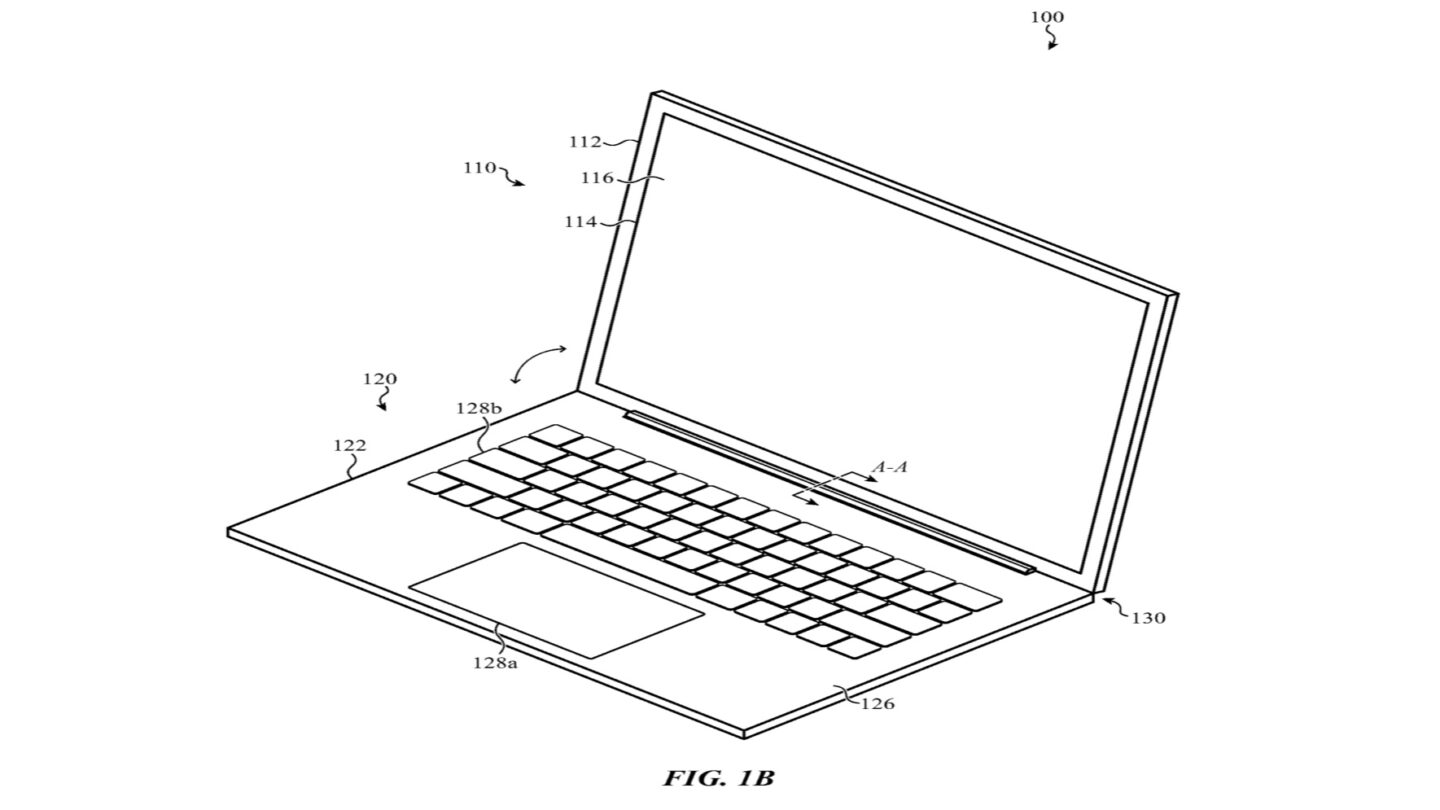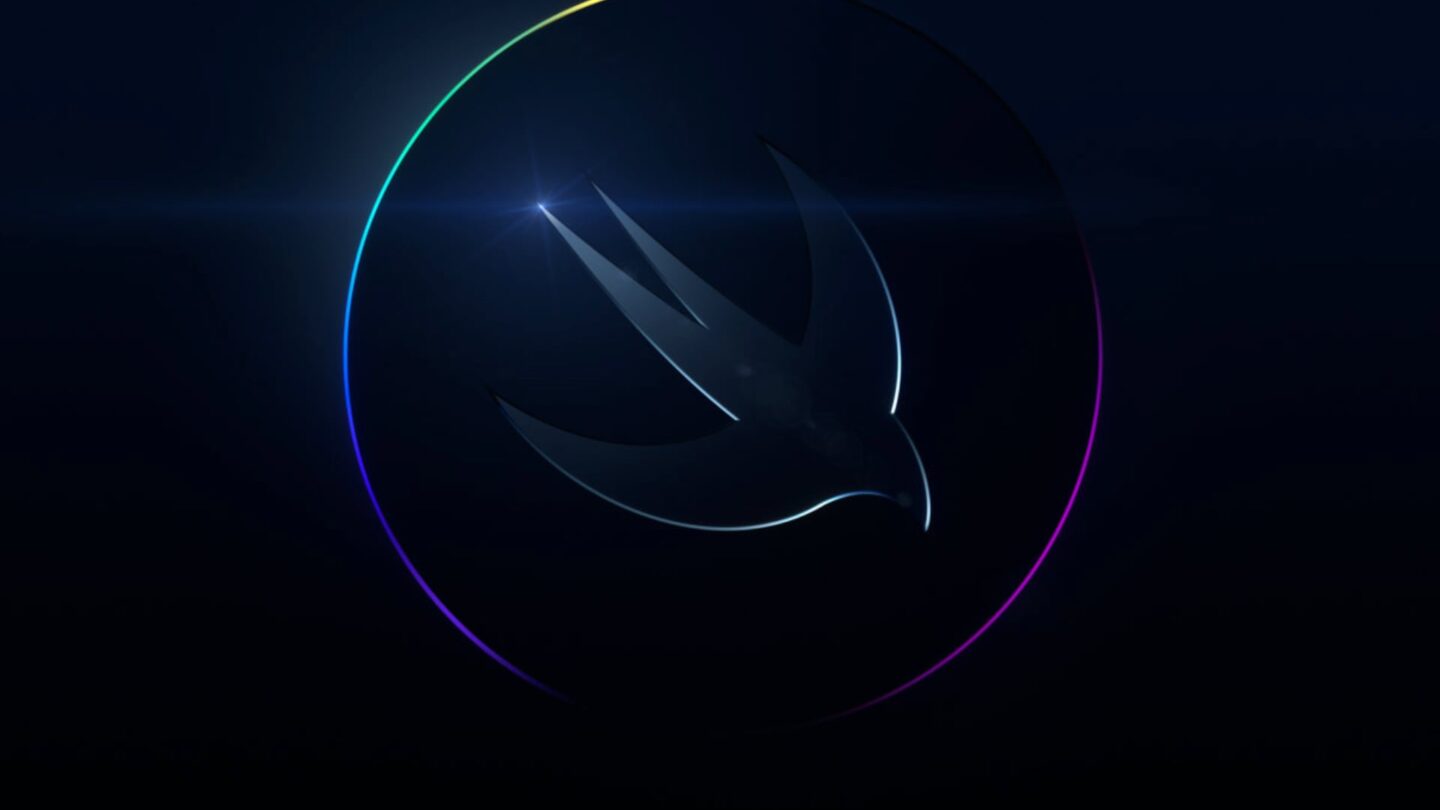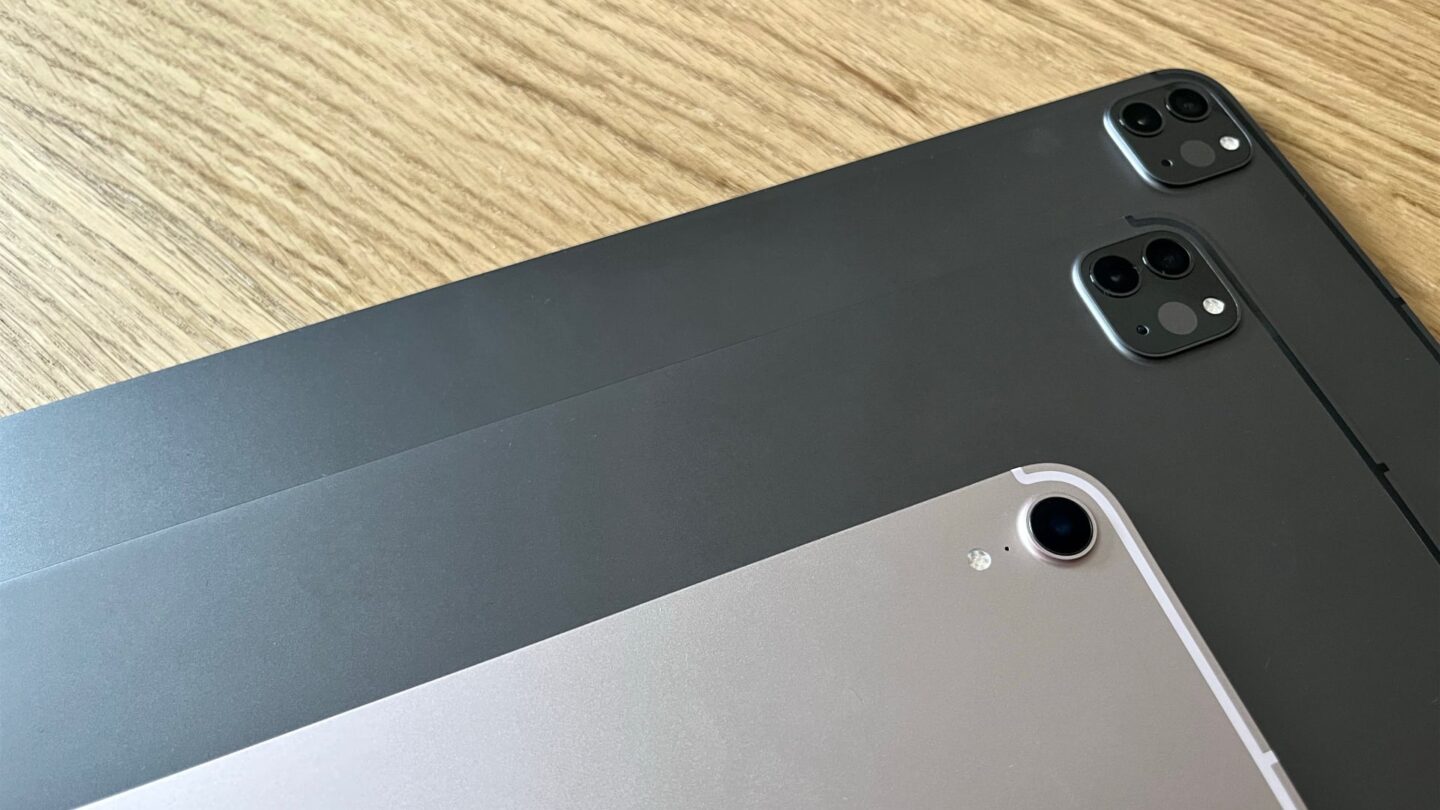You might’ve noticed that Apple recently won a patent regarding switching to a “macOS-like UI” when attaching a keyboard through what looks like to be the Smart Connector. Patent illustrations are obviously just that – illustrations – but if you’re curious, Patently Apple has a thorough breakdown.
Personally, I’m more curious as to what this would mean for iPadOS.
First, while the patent clearly is about what’s happening when you connect a keyboard using a specific connector, be it the current iteration of the Smart Connector that is present on most modern iPads, or some other version of it. Connecting the keyboard would trigger that macOS-like user interface, roughly illustrated as such in the patent application. That doesn’t mean that you’d have to use and connect a keyboard (or other device) through said connector to enable that interface. I find that highly unlikely, automatically switching is an enhancing feature, but not necessarily one that you’d have to rely on. Apple clearly wants to sell Magic Keyboards (possibly next generation ones, see the hinge in the last gallery), and switching the interface upon connection, but I can’t see them not letting us enable this for any setup involving a separate keyboard and pointing device.
One thing I noticed was the inclusion of a name in the user interface sketches. Maybe this means we’ll get multiple user support on iPads? Let’s hope so.


Could we see this as soon as iPadOS 16, to be unveiled at WWDC in early June? Well, I guess they could’ve sat on this for this long, and there are rumours of a windowed mode, so this patent certainly supports that. The feature could be part of the news in iPadOS 16, but that doesn’t necessarily mean that it’ll be a launch feature. Remember, some features announced for iPadOS 15 recently rolled out, so these things take time.
That said, the fact that Macs now run on the same sort of chipset as iPads, and that you can run iPad apps on a Mac, makes this less of a stretch than it would’ve been some years ago. If this is the first step towards unification of the platforms, then you’d need something clever to handle the fact that the macOS interface isn’t suitable for touch. Switching user interfaces, between macOS and iPadOS, based on the input devices available, isn’t such a bad idea. After all, there’s no reason that macOS, as an interface (never mind the actual operating system), wouldn’t work on iPads. The resolution is high enough, and as long as you don’t have to tap menu items with your finger, but rather using a trackpad or mouse, then we’re good to go.
Then again, this could be another one of those patents that gets filed, but never truly acted upon. That happens too.
Either way, I’m intrigued by what this could mean for iPad computing in the future. Maybe we’ll get a glimpse at WWDC, with new hardware reveals later this year? That’d be my bet.







